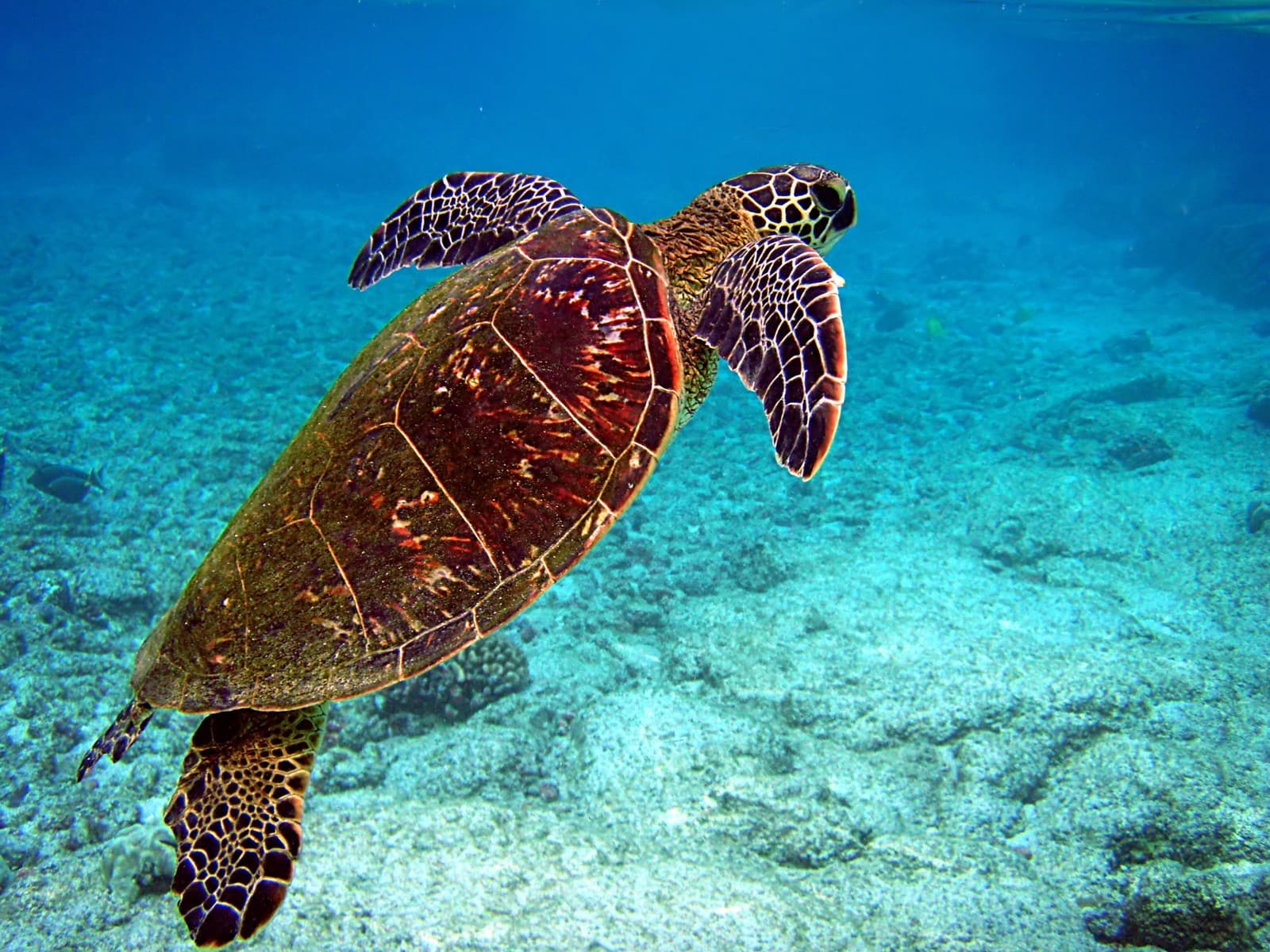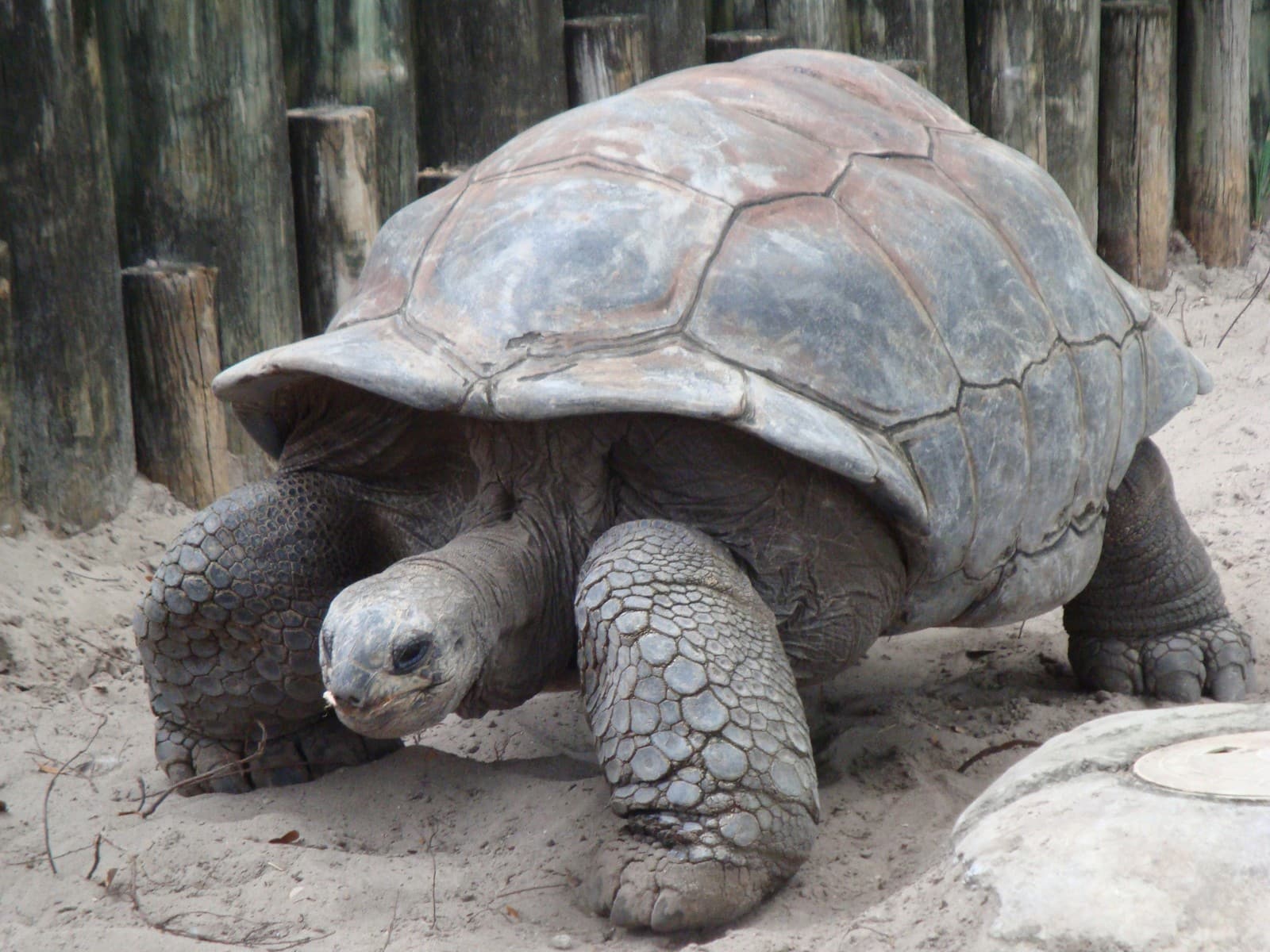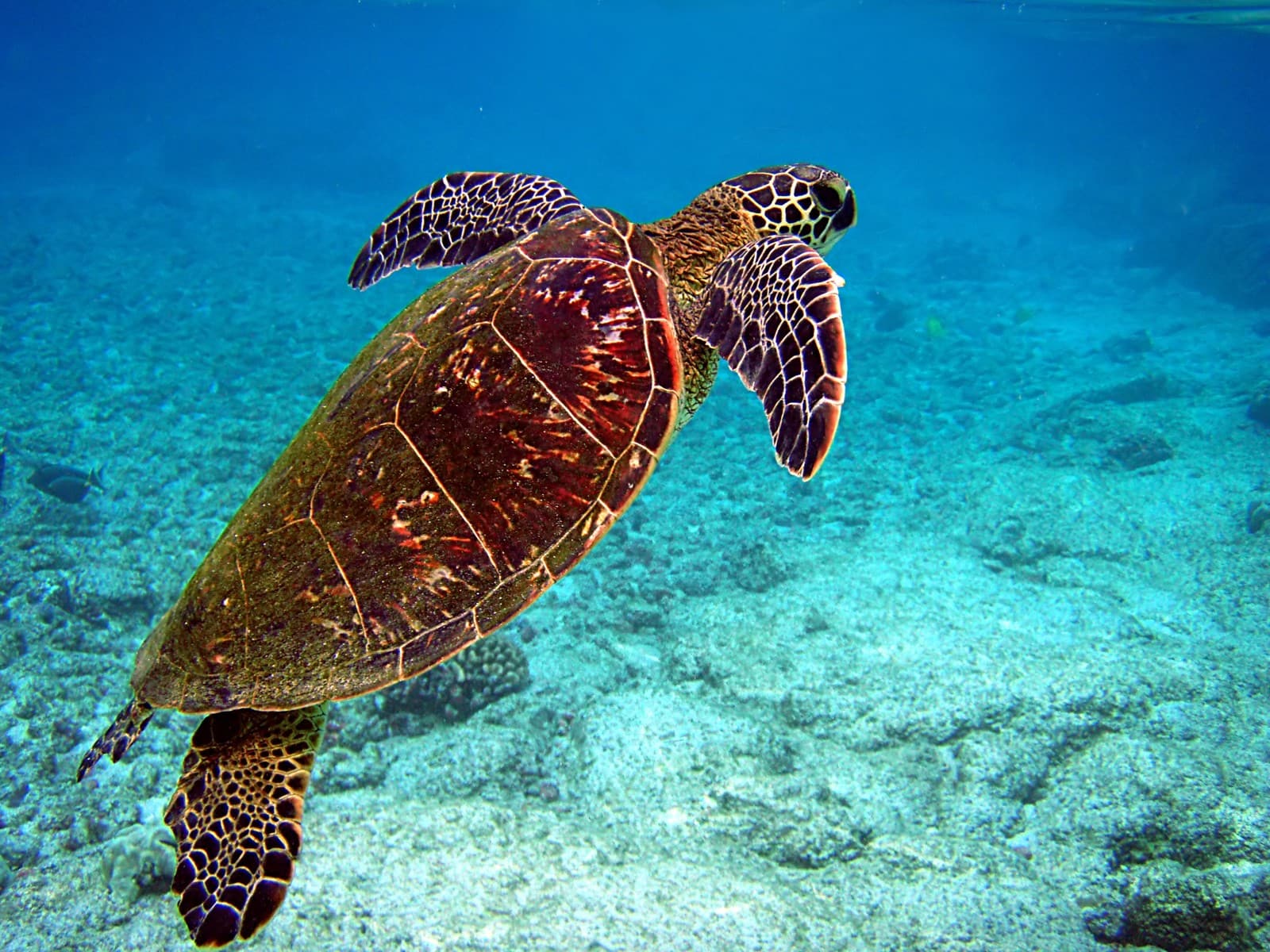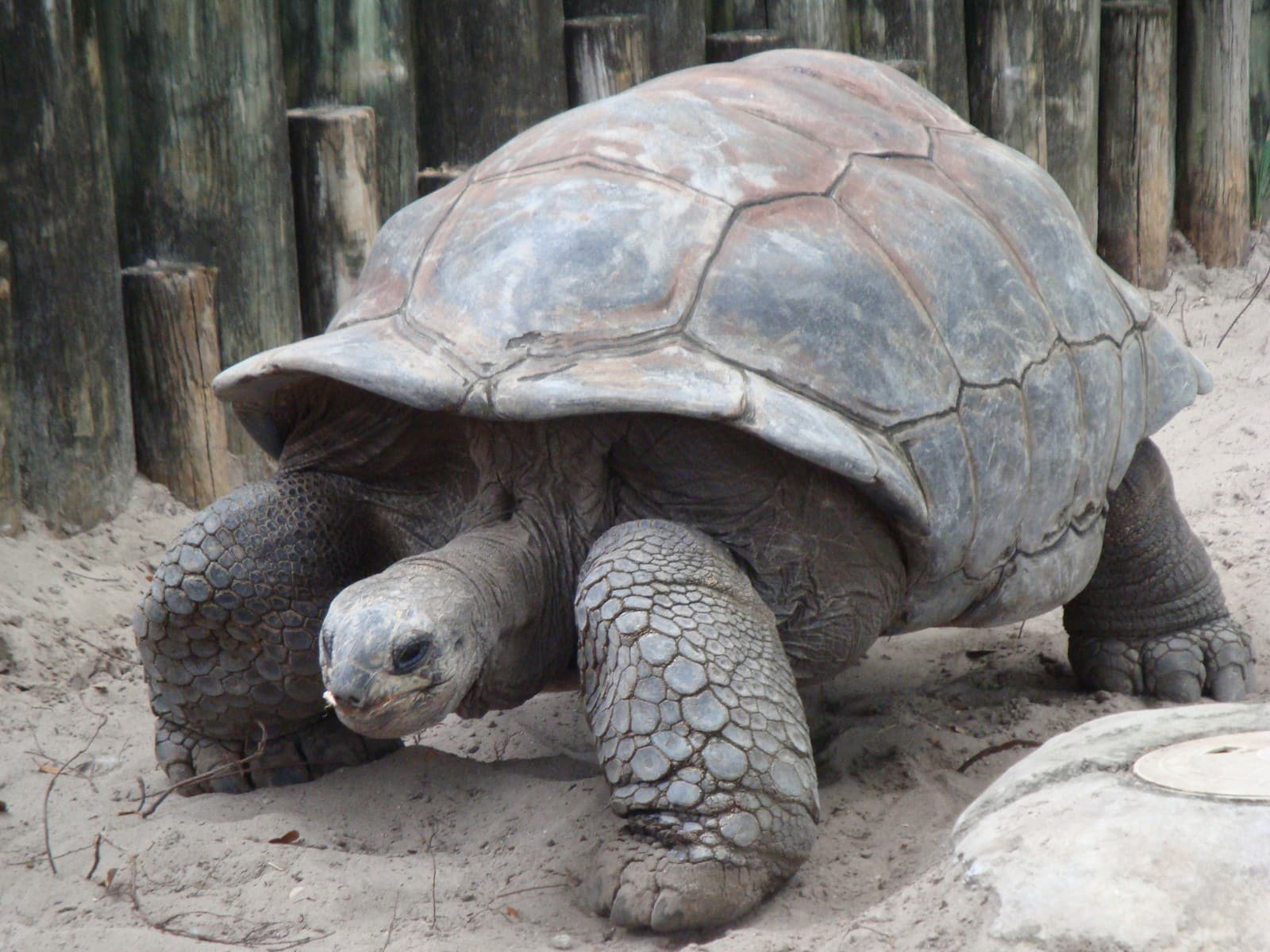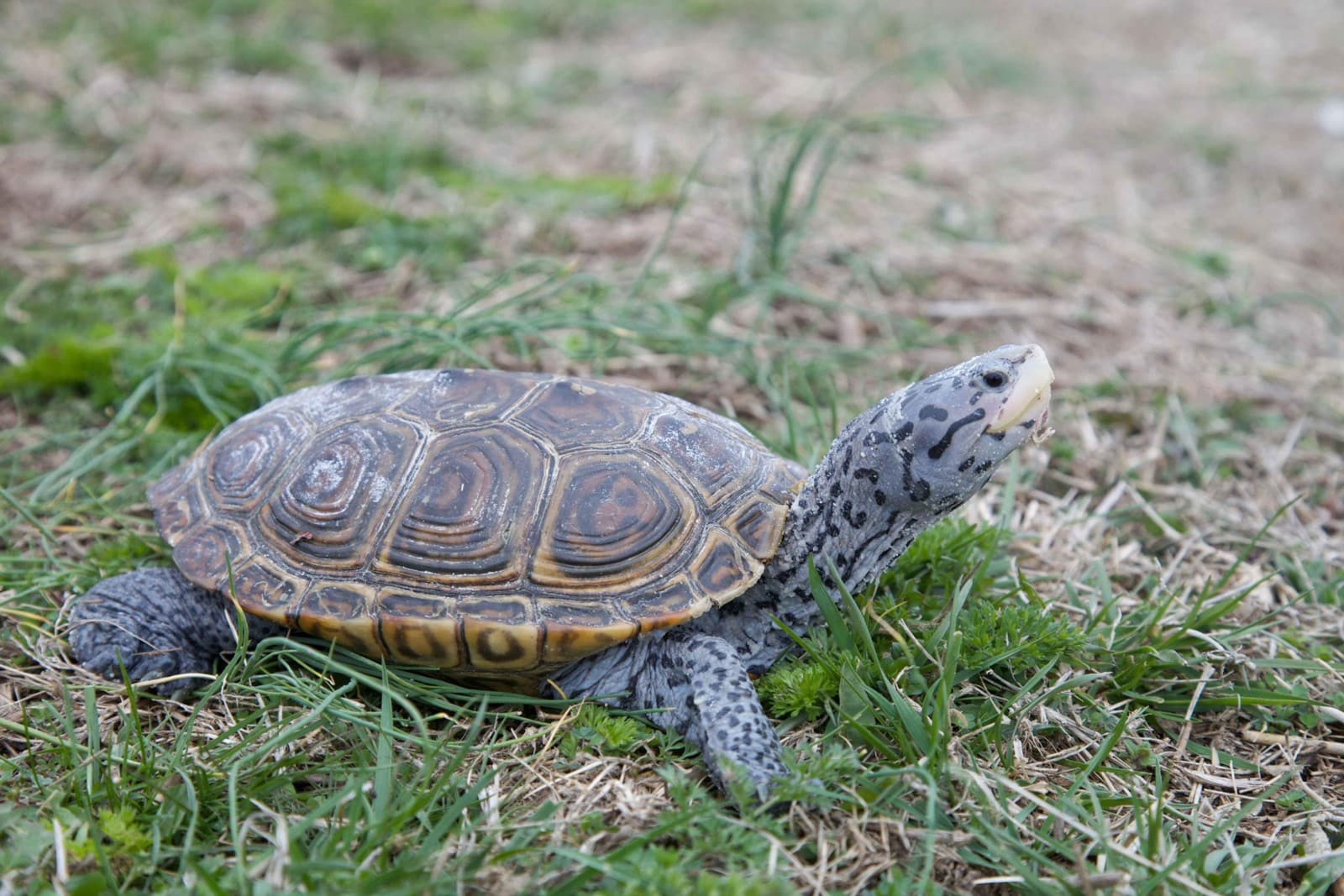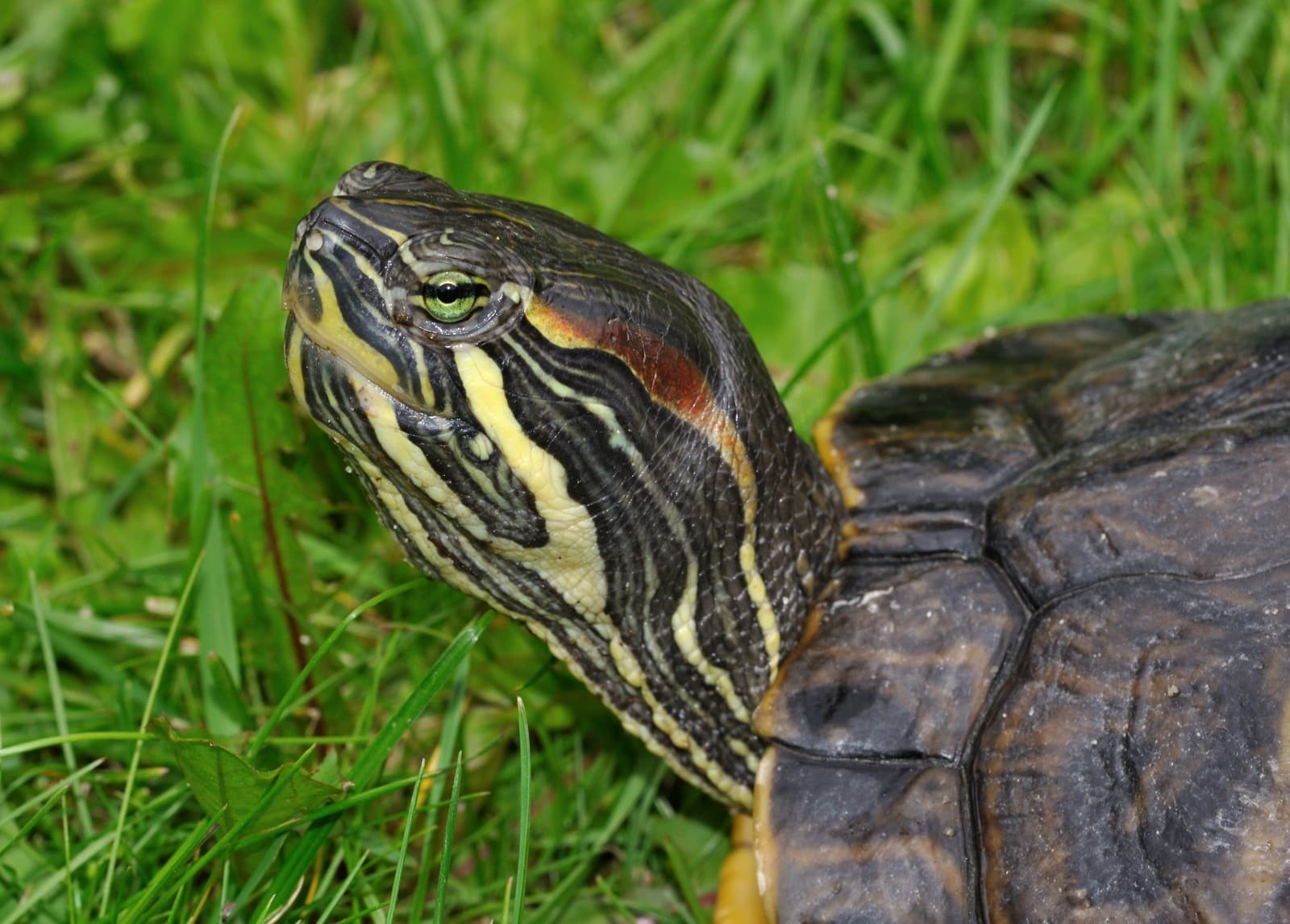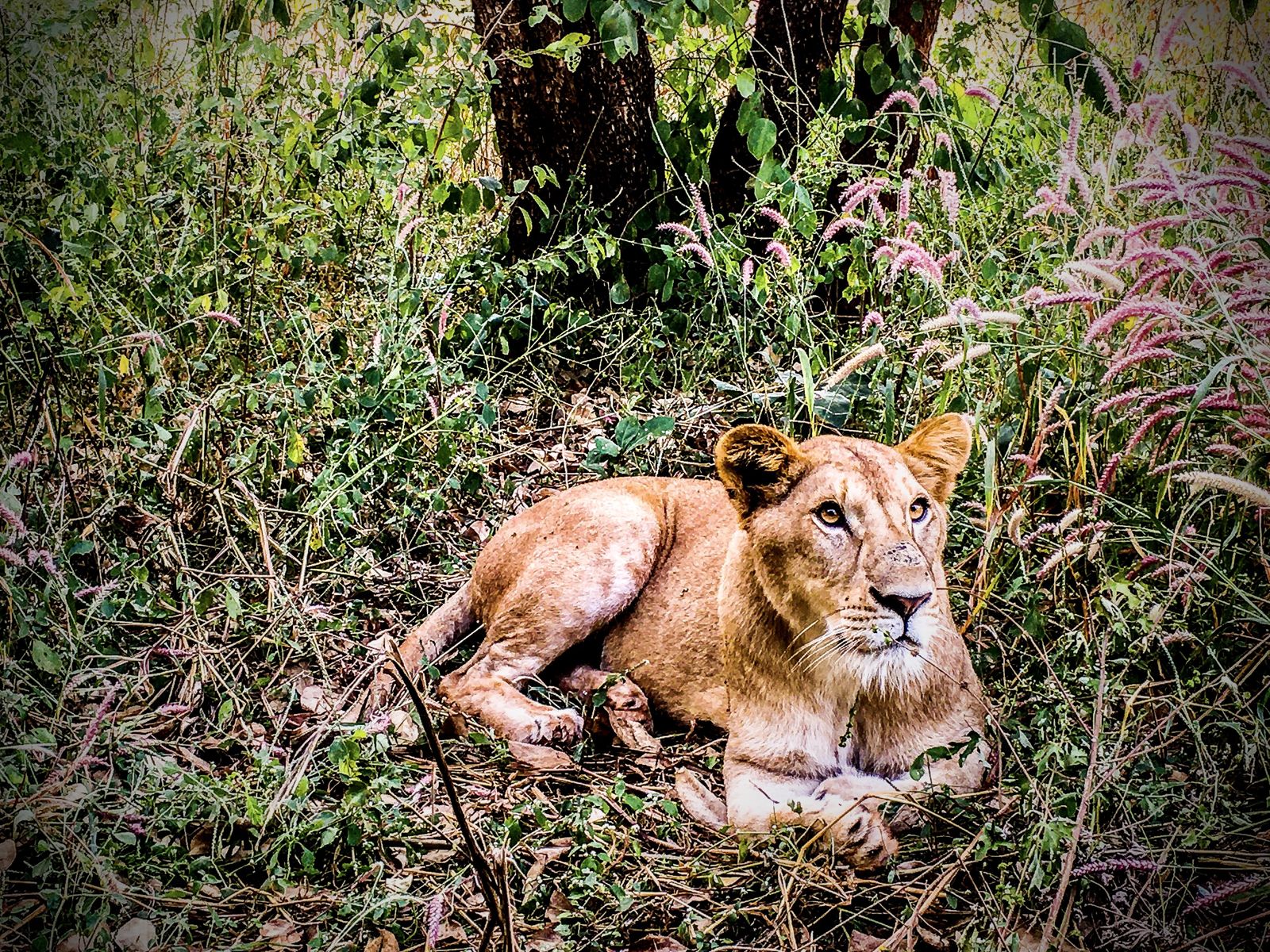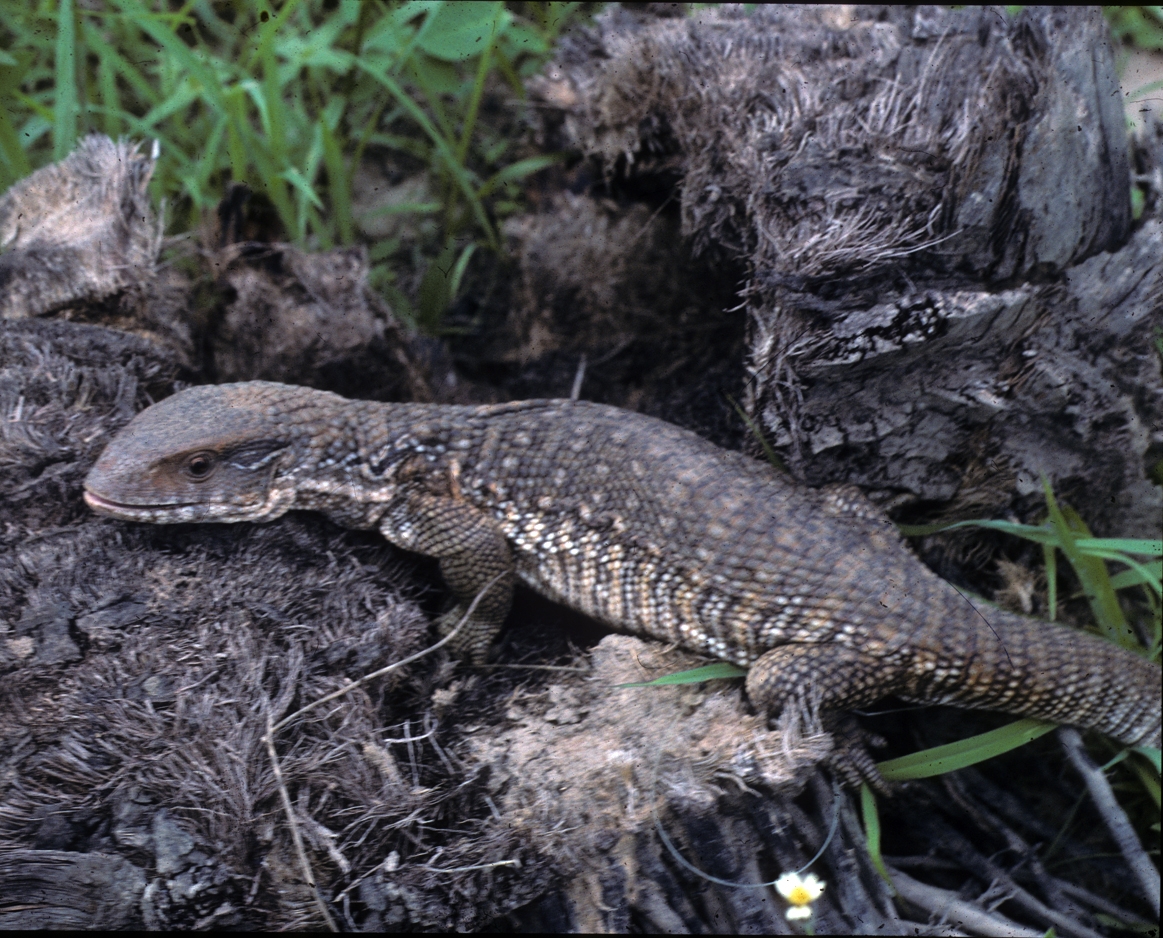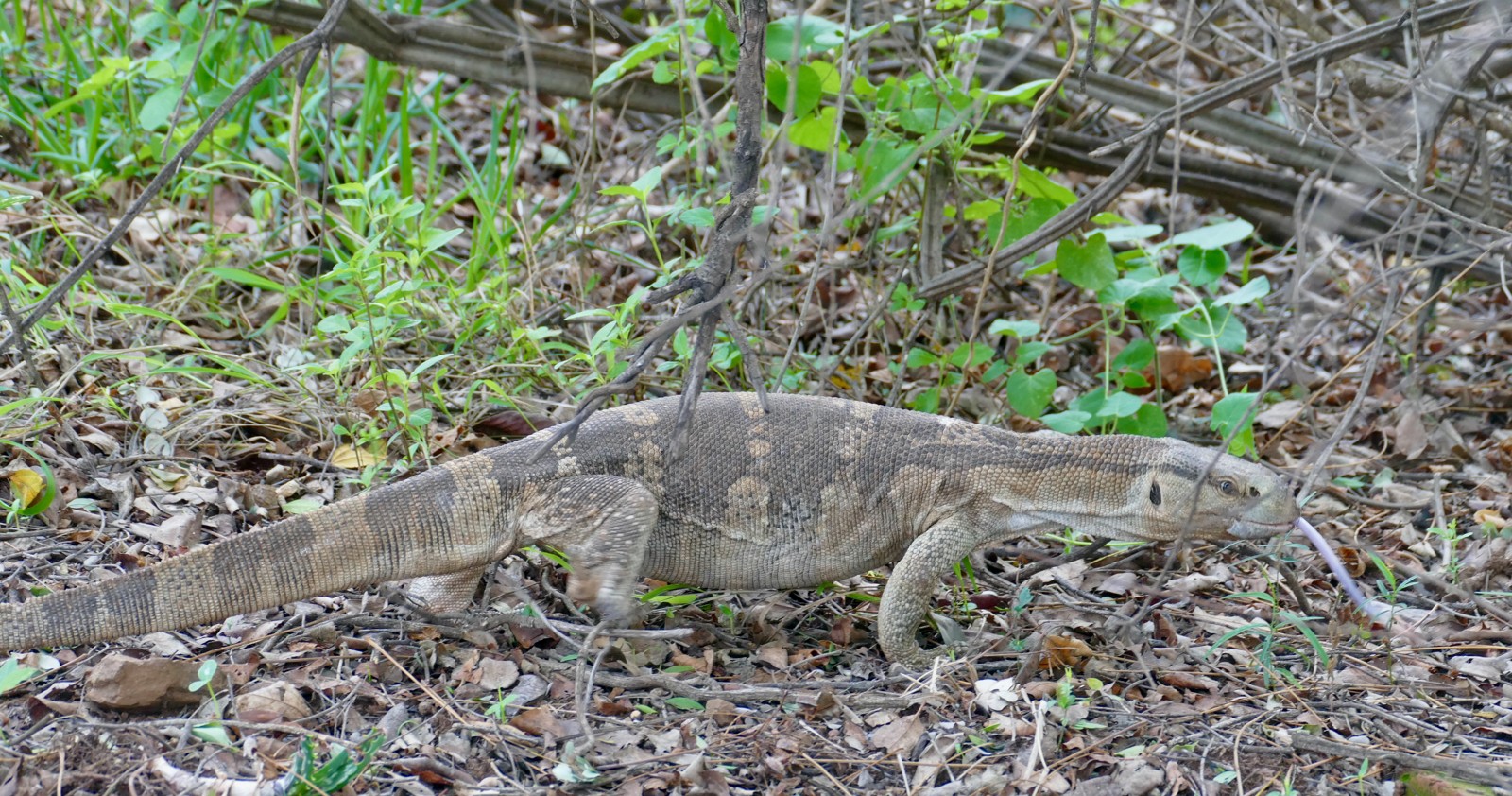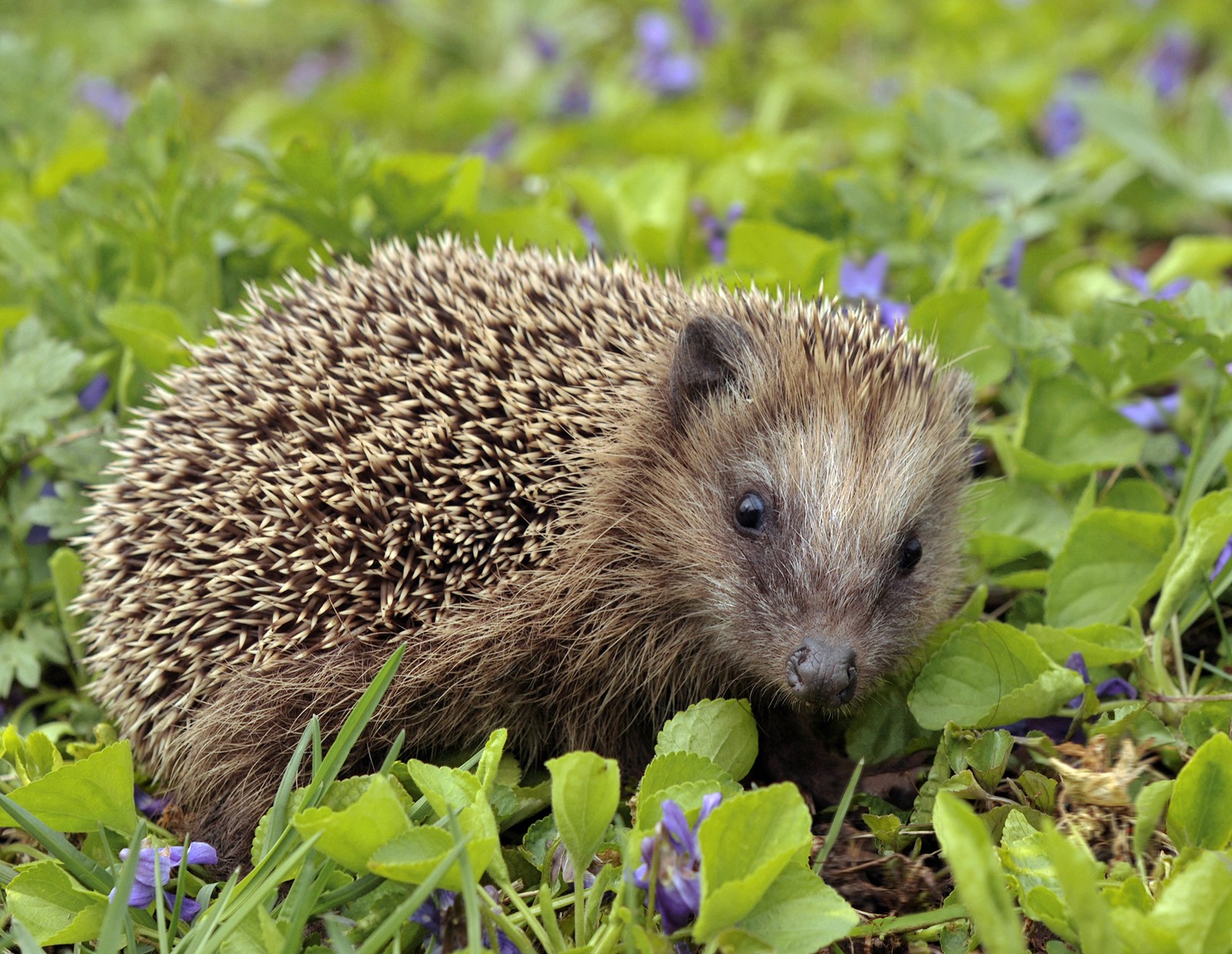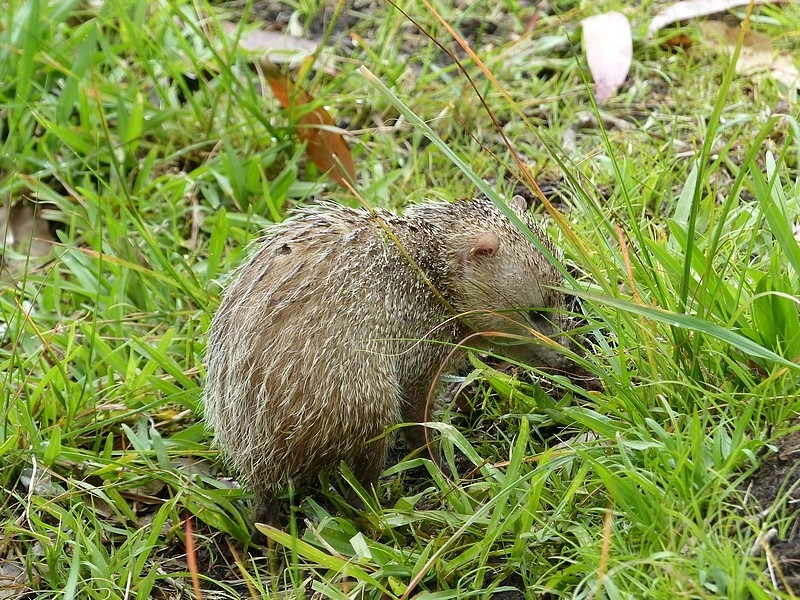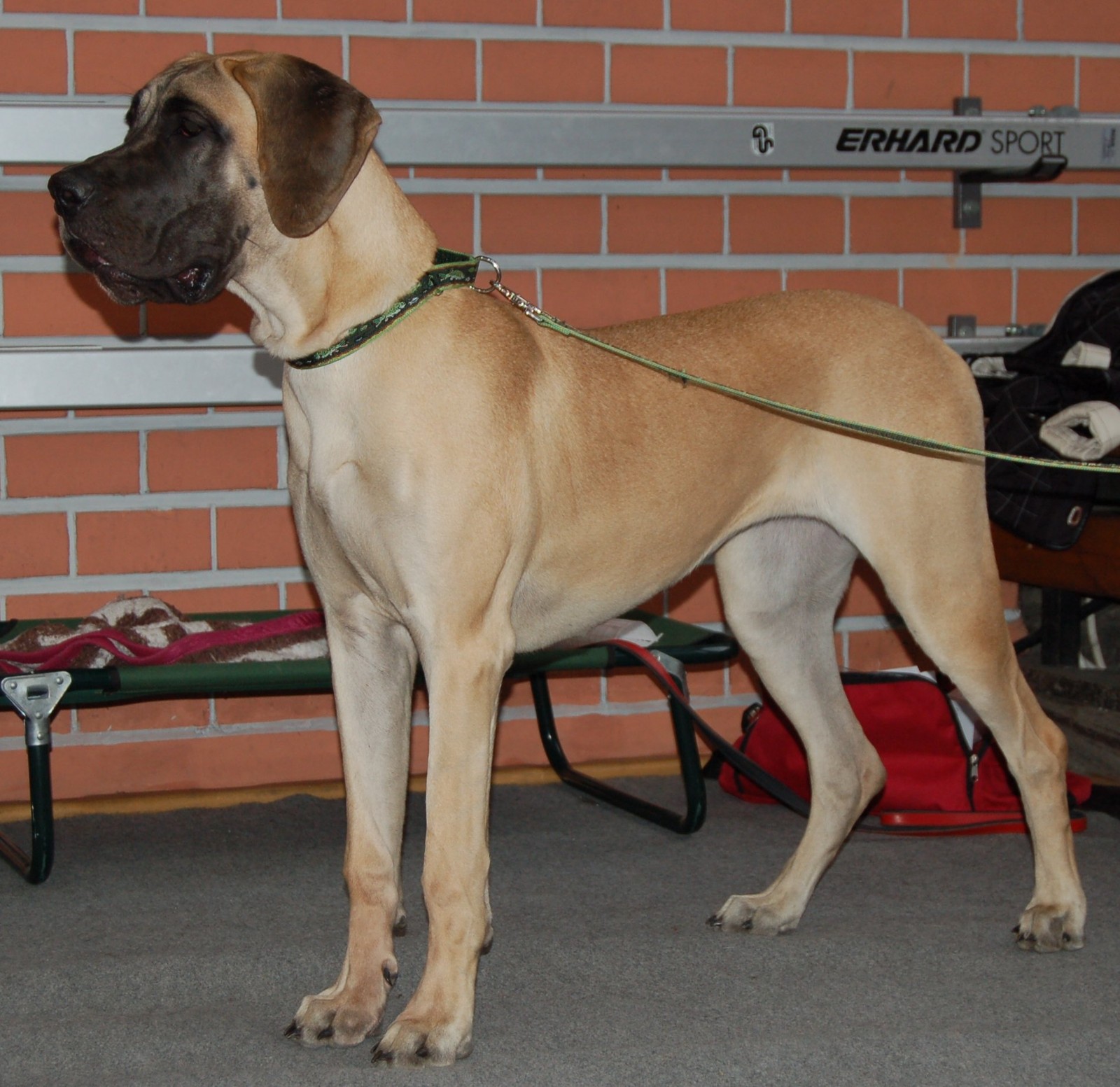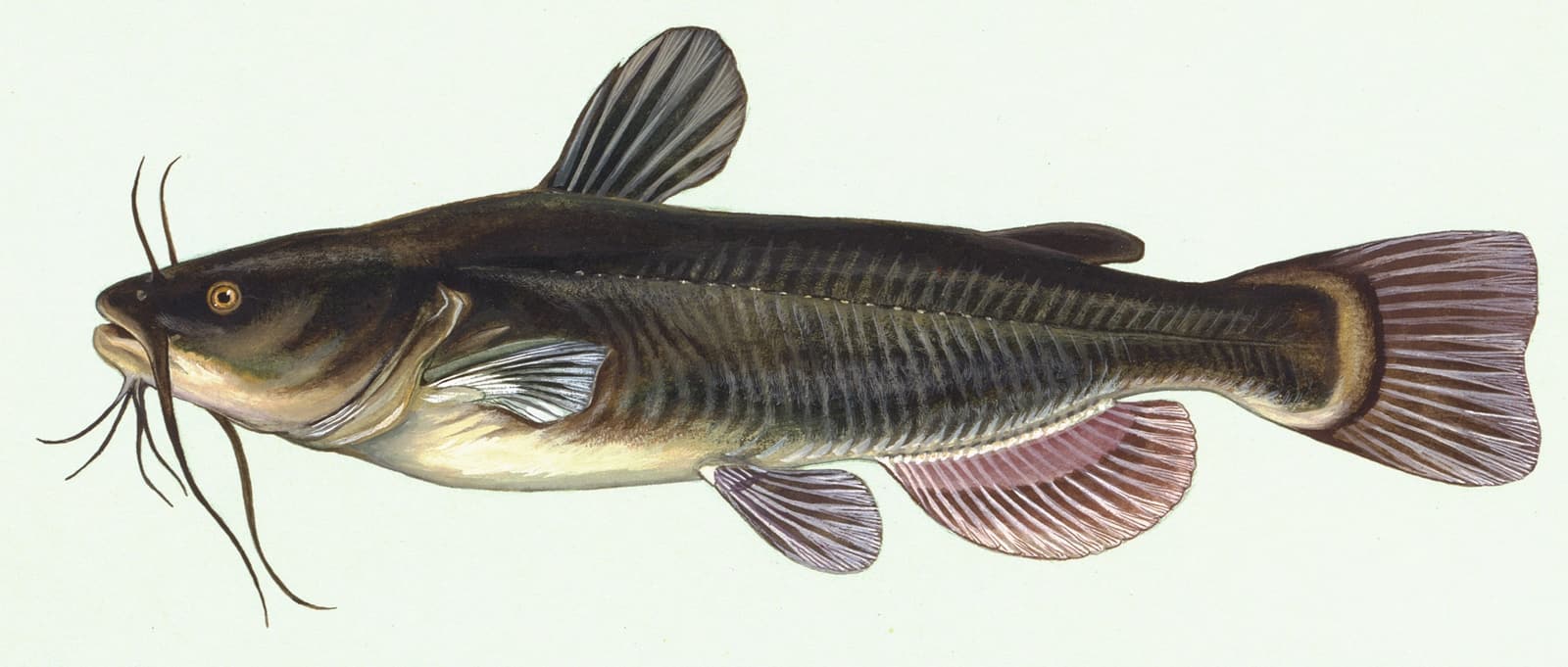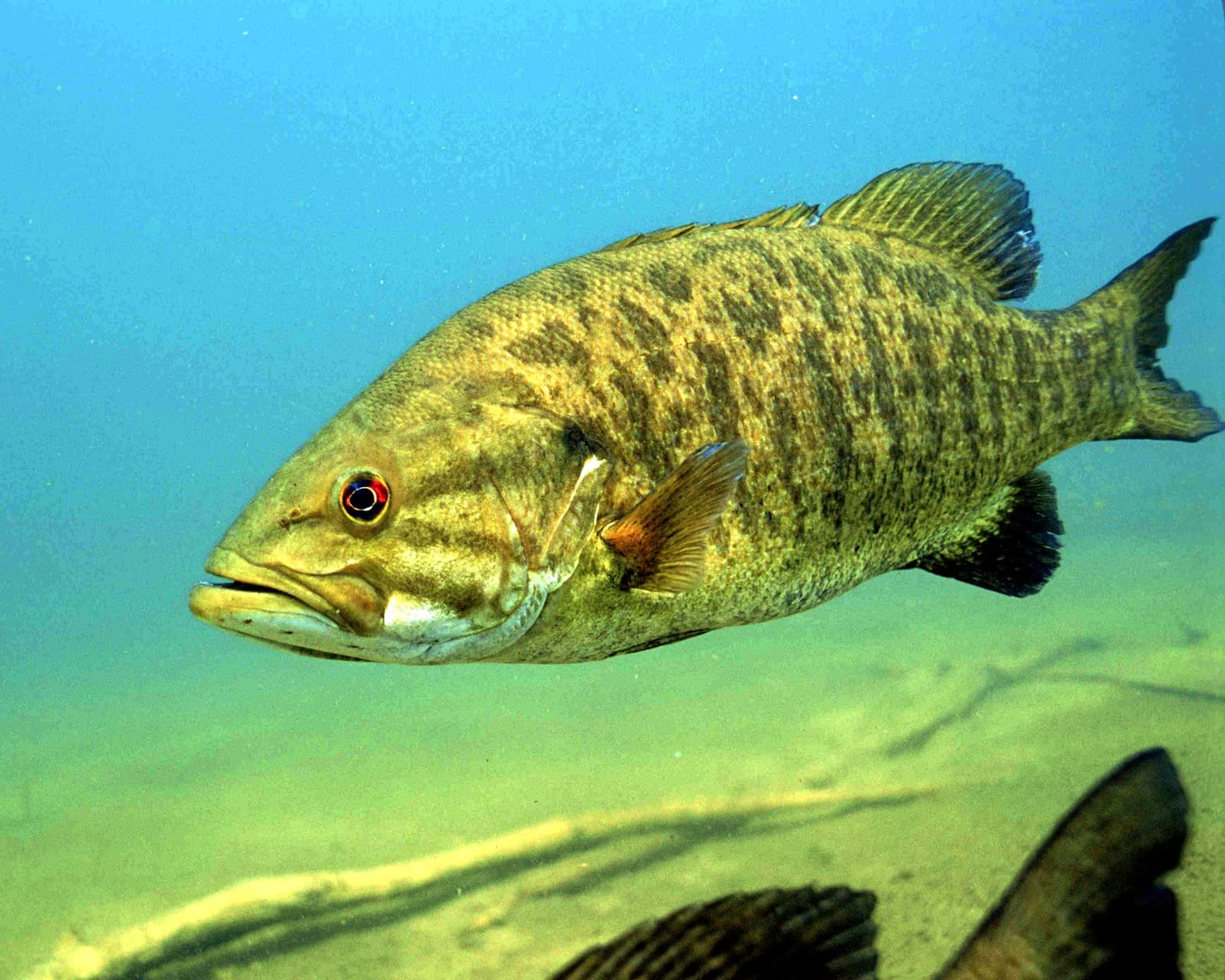Tortoise vs Terrapin: A Complete Comparison
The fundamental difference between tortoises and terrapins lies in their habitat preferences and physical adaptations. Tortoises are strictly terrestrial creatures with dome-shaped shells and elephant-like feet, while terrapins split their time between land and water, featuring streamlined shells and webbed feet. The average tortoise weighs between 100-900 pounds (45-408 kg), whereas terrapins typically reach only 2-12 pounds (0.9-5.4 kg).
These remarkable reptiles have evolved distinct characteristics over millions of years to suit their specific environmental niches. Understanding these differences is crucial for conservation efforts and proper care in captivity.
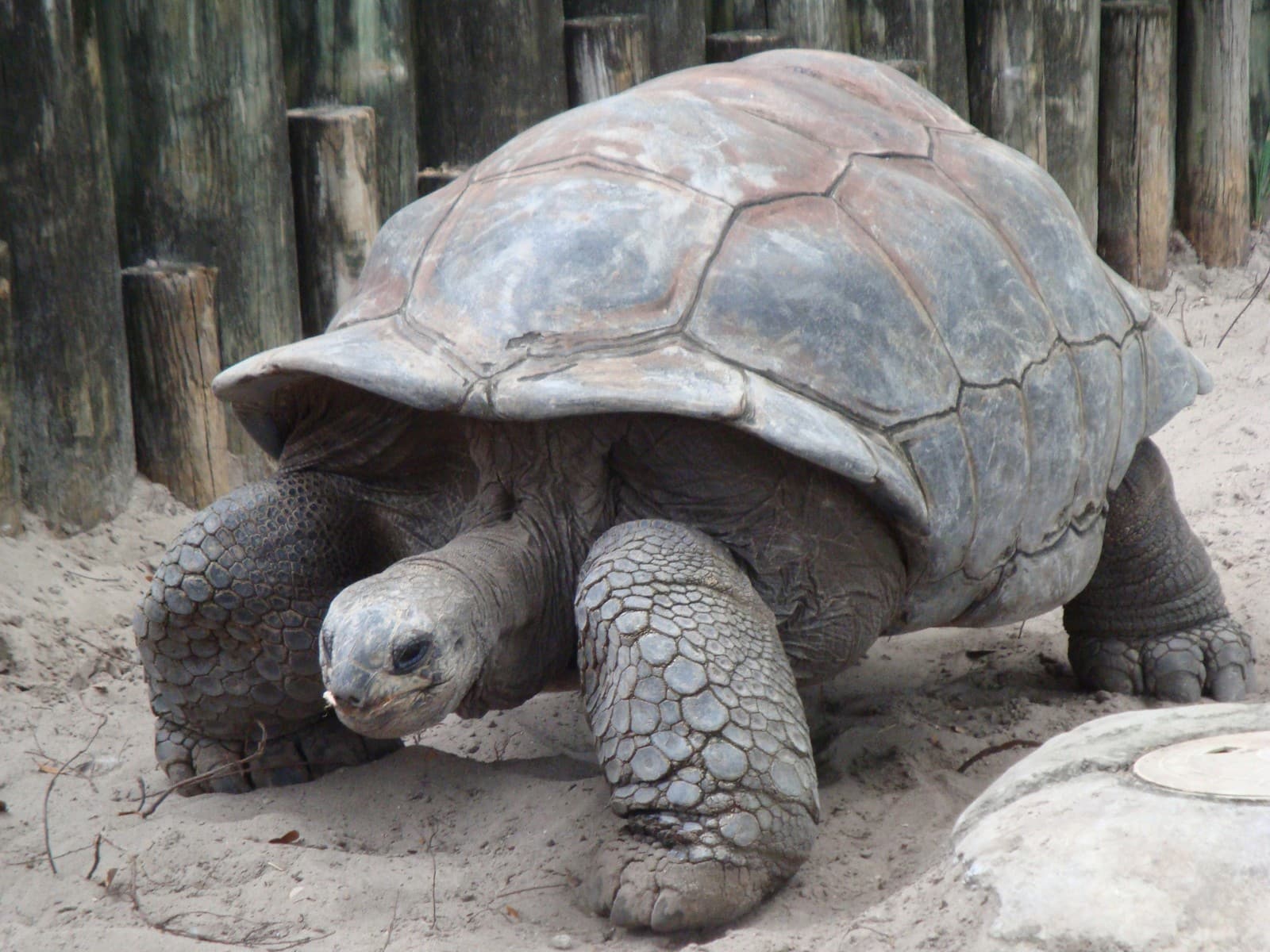
The Galápagos giant tortoise exemplifies classic tortoise characteristics with its high-domed shell and columnar legs adapted for terrestrial life.
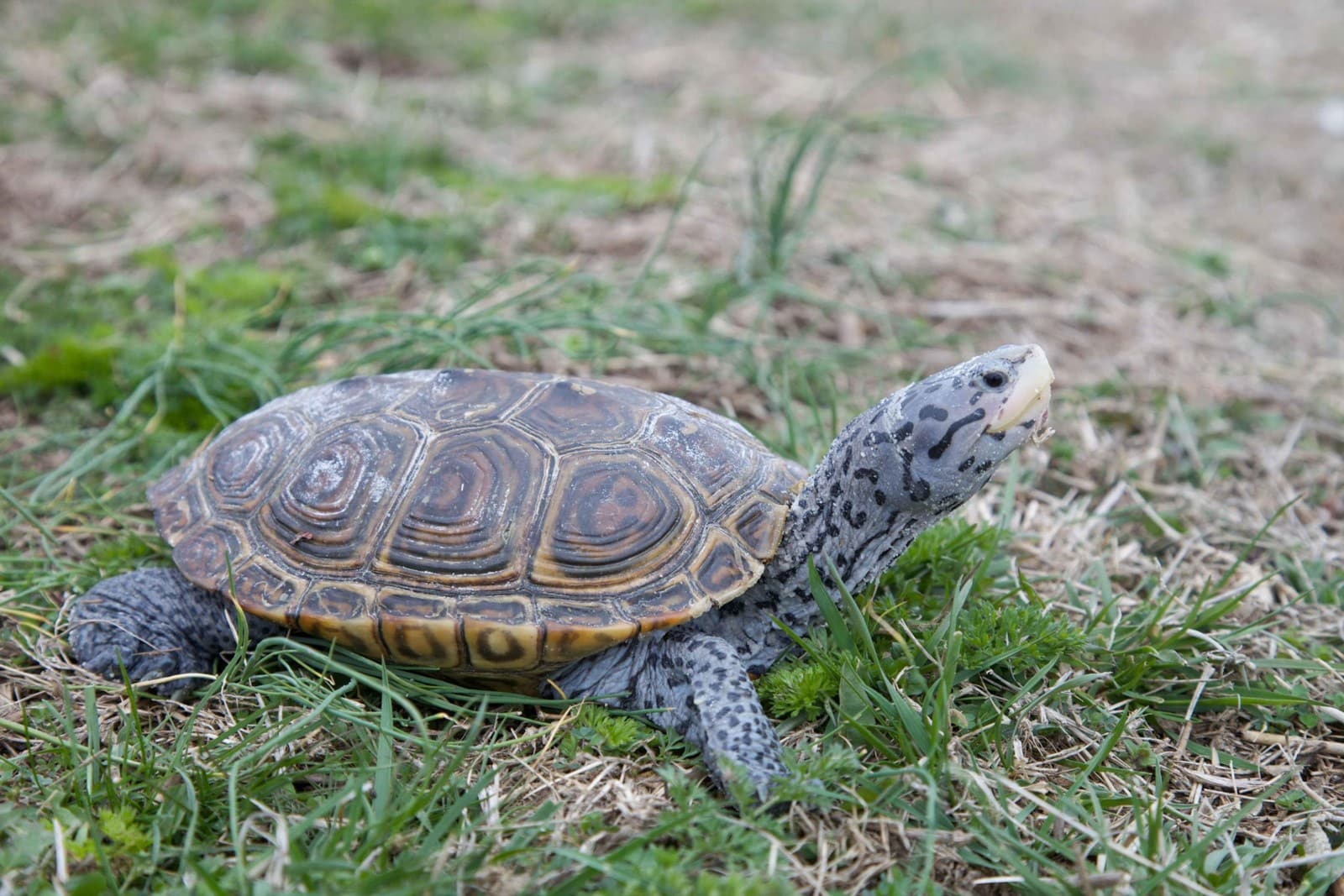
The Diamondback Terrapin showcases the species’ characteristic streamlined shell and webbed feet, perfect for its semi-aquatic lifestyle.
Key Differences Between Tortoises and Terrapins
| Feature | Tortoise | Terrapin |
|---|---|---|
| Habitat | Exclusively terrestrial | Semi-aquatic |
| Feet | Elephant-like, stumpy | Webbed with claws |
| Shell Shape | High-domed, heavy | Flatter, streamlined |
| Diet | Herbivorous | Omnivorous |
| Lifespan | 80-150 years | 20-40 years |
| Swimming Ability | Poor/None | Excellent |
Habitat and Lifestyle Differences
Tortoises have evolved for a purely terrestrial existence, preferring arid environments and grasslands. Their heavy shells and sturdy legs allow them to traverse rough terrain efficiently. In contrast, terrapins inhabit brackish coastal waters and marshlands, requiring both aquatic and terrestrial environments to thrive.
Physical Adaptations
Shell Structure
Tortoises possess high-domed carapaces that provide maximum protection against predators and harsh environmental conditions. Their shells can reach heights of 4 feet (1.2 meters) in some species. Terrapins have developed more streamlined shells, typically reaching only 6-10 inches (15-25 cm) in length, allowing for efficient swimming and diving.
Limb Characteristics
The most distinctive physical difference lies in their limbs:
- Tortoises: Thick, columnar legs with round, stubby feet
- Terrapins: Flattened limbs with webbed feet and sharp claws
Dietary Preferences
While both species are reptilian, their feeding habits differ significantly:
Tortoises:
- Primarily herbivorous
- Consume grasses, leaves, and flowers
- Require high-fiber, low-protein diets
Terrapins:
- Omnivorous diet
- Feed on mollusks, fish, and aquatic plants
- Require varied protein sources
Conservation Status and Threats
Both species face significant challenges in the modern world:
- Habitat loss affects both groups severely
- Tortoises face particular threats from the illegal pet trade
- Terrapins often fall victim to fishing nets and coastal development
- Climate change impacts both species’ breeding patterns
Who Would Win in a Confrontation?
While neither species is naturally aggressive toward the other, in a theoretical encounter:
- Size Advantage: Tortoises significantly outweigh terrapins
- Defense Mechanisms: Both can retreat into their shells
- Mobility: Terrapins are faster and more agile
- Territory: Each species naturally avoids the other’s habitat
The concept of competition between these species is largely theoretical, as they rarely encounter each other in natural settings due to their distinct habitat preferences.
Care Requirements in Captivity
For those considering either as a pet, understanding their distinct needs is crucial:
Tortoise Requirements:
- Large outdoor enclosure
- UV lighting if kept indoors
- Dry substrate
- Plant-based diet
- Temperature gradient of 75-95°F (24-35°C)
Terrapin Requirements:
- Aquatic habitat with basking areas
- Water filtration system
- UVB lighting
- Mixed protein-rich diet
- Water temperature of 75-85°F (24-29°C)
Understanding these fundamental differences ensures proper care and conservation of both these remarkable reptilian species.
